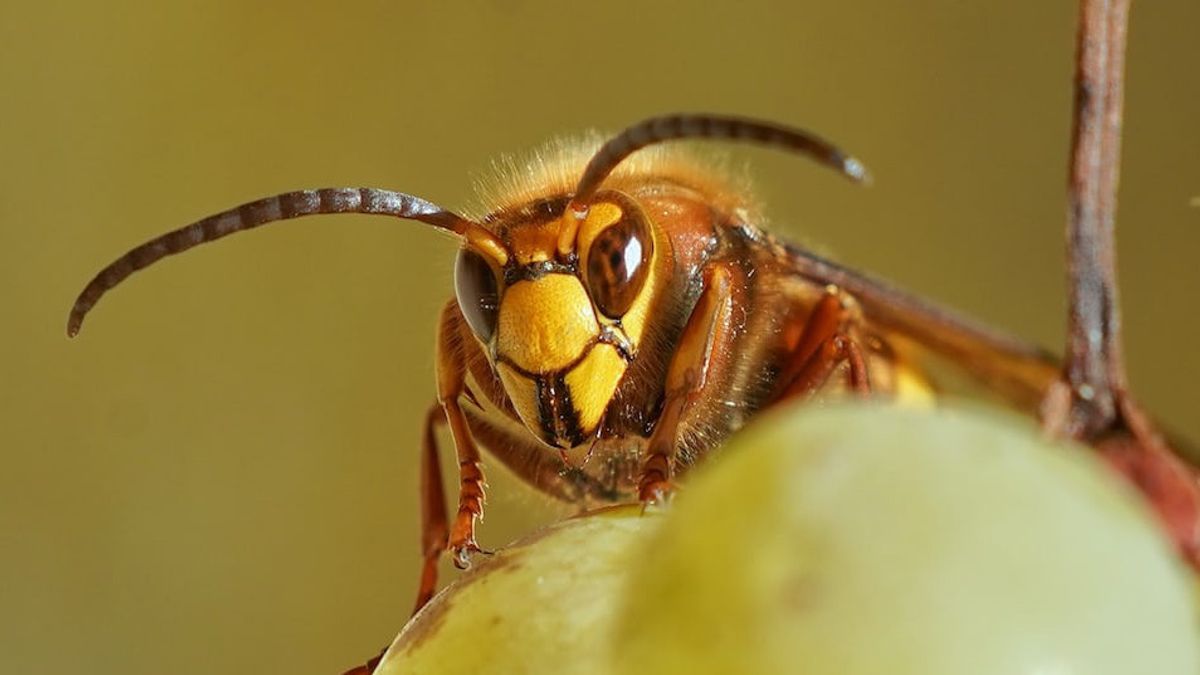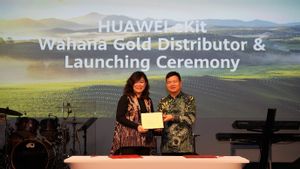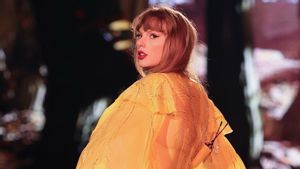JAKARTA - Paleontologists in Russia have discovered rare fossils of insects such as earwigs (cocopets) covered in powder, and perhaps some of the world's first plant pollinators.
Known as Tillyyardembiids, this species was discovered in a lagoon near the village of Chekarda, Russia, about 1,600 km from Moscow.
Tillyyardembiids it originated in the Paleozoikum era about 280 million years ago, found covered in powder from unflowered seed-producing plants, known as gymnospermae.
Gymnospermae emerged 150 to 250 million years ago long before flowering plants became more common, about 50 to 100 million years ago as the increase in pollinators helped change the diversity of terrestrial life on Earth.
Their findings, scientists say, preceded the earliest and most known insects with filter powder for 120 million years.
Research published in Biology Letters, scientists from Russia and Poland admitted they could not tell if the ancient insects they found contributed to pollination during the Imman period.
But by eating powders and covering themselves with seeds, these creatures are mutually beneficial evolutionary precursors.
"Our discovery highlights the early evolution of insect pollination. It provides direct evidence of the spread ofCE powder by the Paleozoikum insects," said a senior researcher at the Paleontology Institute, Russian Academy of Sciences in Moscow, Dr Alexander Kramov in a statement to the PA news agency, quoted from Metro, Thursday, March 2.
Furthermore, Khramov and colleagues found Tillyaryardembiids had plumes of essence powder on their heads, bodies, and feet, which under fluorescent microscopy looked like Christmas knick-knacks.
He stated that fossils like this are rarely found. They also believe that this Tillyardembiids behavior can be seen as the predecessor of insect pollination.
"Amutants of insect carriers in Chekarda were deposited at the base of ancient lagoons about 280 million years ago, at the beginning of the Commian period (the last period of the Paleozoikum era). This is a time when no insect inclusion is present. It is completely unexpected to find that essence can be preserved on the surface of the Paleozoikum insect body which is flattened on the rocks," said Khramov.
However, Khramov assessed that from the composition of the juice powder, Tillyaryardembiids had only visited the host plant in the narrow range but brought their large amounts of essence.
Recent fossil discoveries suggest pollinators of insects and gymnospermae may have evolved long before the appearance of flowering plants. Scientists say it is uncertain whether Tillyyardembiids are a consumer of powder or contribute to pollination.
"Tillyaardembiids have wings, so they can spread sari powder more effectively. We can't go back to the time machine to observe whether these insects pollinate or not," explained Khramov.
"Even if they storm the ancient gymnosperm throughout the day, there's no way to prove it for sure through paleontology. Who knows, maybe they just eat powder, and the plants don't benefit from it?", he added.
Even so, Khramov and his colleagues agreed to argue that there was a reliable reason, these ancient insects could be pollinators.
The English, Chinese, Japanese, Arabic, and French versions are automatically generated by the AI. So there may still be inaccuracies in translating, please always see Indonesian as our main language. (system supported by DigitalSiber.id)












